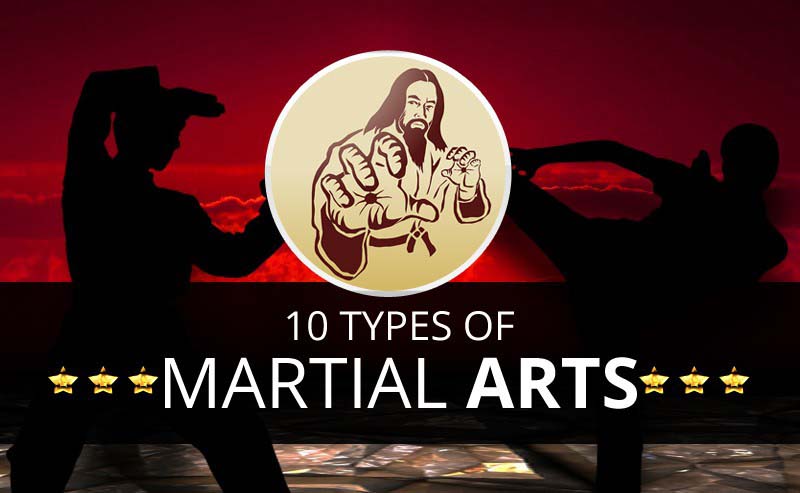Conventional Martial Arts And Modern Fight Sports: A Comprehensive Summary Of Their Unique Differences
Conventional Martial Arts And Modern Fight Sports: A Comprehensive Summary Of Their Unique Differences
Blog Article
Created By-Keith Haagensen
When you think of martial arts, do you lean extra toward the traditional practices or the contemporary fight sports? https://martial-arts-for-kids-wit32097.yomoblog.com/41713868/crucial-taekwondo-techniques-for-newbies offers special benefits and experiences, formed by their philosophies and training techniques. Traditional martial arts emphasize individual development and self-control, while contemporary battle sports focus on competition and performance. Comprehending these distinctions can lead you in choosing the right method for your trip. However how do these differences show up in training and philosophy?
The Philosophy and History Behind Typical Martial arts
While many people associate martial arts with physical battle, the ideology and background behind standard martial arts run much deeper. You'll discover that these disciplines emphasize individual development, self-control, and respect.
Originating from ancient methods, traditional martial arts were usually created for Self-Defense and spiritual growth. They personify principles such as balance, consistency, and self-control, leading specialists past simple combating skills.
As you educate, you'll not just discover strategies but also get understandings into the culture and worths that formed these arts. The rituals and traditions, usually passed down via generations, cultivate a sense of area and belonging.
The Affordable Nature of Modern Fight Sports
Modern combat sports have actually transformed the landscape of martial arts into a highly competitive arena, where athletes challenge in an examination of skill, technique, and endurance.
You'll notice that competitors are frequently organized with stringent policies and guidelines, guaranteeing fair game and safety and security. These events attract huge audiences, sustaining the exhilaration and intensity of competitions.
what martial arts should i learn train rigorously, not just for physical prowess yet also for mental sturdiness, knowing that every information counts in the ring. The adrenaline rush during competitions is palpable, as fighters press their restrictions to declare triumph.
Fans value the athleticism and virtuosity entailed, making modern combat sporting activities a thrilling spectacle that continues to develop and astound lovers worldwide.
Training Approaches and Strategies: A Relative Analysis
The competitive ambience of modern combat sporting activities demands ingenious training techniques that differ dramatically from standard martial arts.
In modern training, you'll focus on specific methods, competing, and conditioning, frequently making use of drills that simulate real fight situations. You'll see an emphasis on measurable performance and constant competitors to analyze your abilities.
In contrast, typical martial arts prioritize types, katas, and thoughtful mentors, typically highlighting technique and respect over competition.
Training is usually much less extreme and might involve repeated technique as opposed to real-time sparring.
While both strategies construct ability and fitness, contemporary battle sporting activities give a much more vibrant and versatile training atmosphere, preparing you for immediate challenges in the ring or cage.
Select the course that straightens with your goals and rate of interests.
Conclusion
In picking between traditional martial arts and modern fight sporting activities, it really boils down to what you value many. If what is the best martial art for fighting seeking personal development, discipline, and a feeling of community, typical arts could be your ideal fit. Yet if you grow on competitors and real-time challenges, modern battle sporting activities could be the means to go. Ultimately, both paths provide one-of-a-kind advantages, so it's all about straightening your training with your personal goals and rate of interests.
